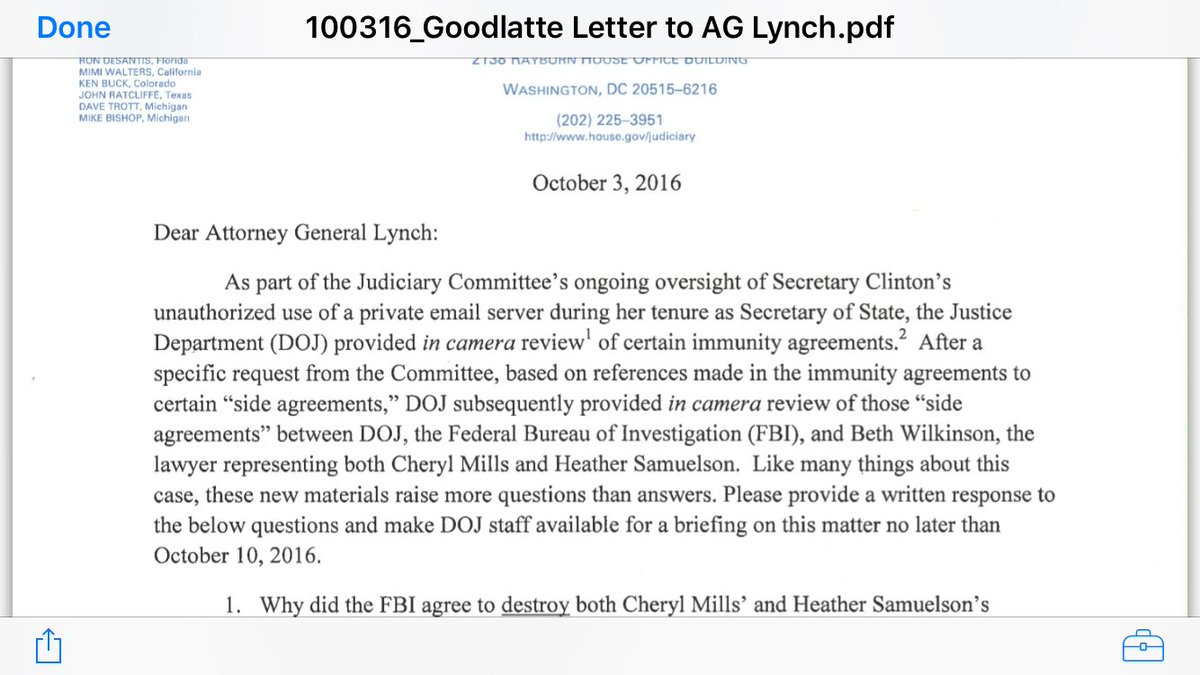For the group of detainees who remain designated for continued detention and who are not candidates for U.S. prosecution or detention or transfer to a foreign country, the administration will work with Congress to relocate them from the Guantanamo Bay detention facility to a secure detention facility in the United States, while continuing to identify other non-U.S. dispositions. These individuals would be detained under the Authorization for Use of Military Force (AUMF), P.L. 107-40, as informed by the law of war, and consistent with applicable domestic and international law for such detentions. More here.
Obama Admin Secretly Scouted U.S. Cities to Move Gitmo Terrorists
Administration effort violated U.S. law, lawmakers charge
The Obama administration secretly used taxpayer money to fund an official inspection of several U.S. cities as possible locations to move terrorist inmates held at the Guantanamo Bay prison camp in violation of federal law, the Washington Free Beacon has learned.
The Obama administration ordered the Pentagon to spend U.S. taxpayer funds for a domestic search of “possible Guantanamo detainee relocation” sites, according to documents obtained by the Free Beacon. United States law bars the administration from spending taxpayer money on its effort to move Gitmo inmates onto American soil.
Related reading: Fact sheet on Guantanamo
The disclosure has prompted a congressional inquiry to determine who in the Obama administration ordered the relocation search and how taxpayer funds were authorized for that purpose, according to a formal letter sent by lawmakers to the Defense Department on Monday and obtained by the Free Beacon.
The disclosure of this activity by the Obama administration has renewed concerns on Capitol Hill that the White House will make a last-minute effort to shutter the Gitmo prison and ship the remaining inmates to the United States, despite laws prohibiting the transfers.
Kansas Attorney General Derek Schmidt informed lawmakers in a letter late last month that he had discovered documentation showing the Obama administration spent more than $25,000 to scout potential relocation sites in Fort Leavenworth, Kansas, Charleston, South Carolina, and Florence, Colorado.
Schmidt obtained this information from the Pentagon only after threatening to sue the administration for its refusal to produce documentation on the matter.
“While the amount of money is relatively small—a total of$25,909.53, of which $7,687.20 was spent on the site survey for Fort Leavenworth—the admission raises the concern that the Department of Defense violated the law by knowingly expending these funds while federal law enacted by Congress expressly prohibited the agency from doing so,” Schmidt informed lawmakers in the letter, a copy of which was obtained by the Free Beacon.
The administration’s behavior has raised concerns in Congress that it is secretly planning to relocate detainees to United States cities without informing local officials and residents.
Rep. Mike Pompeo (R., Kansas) told the Free Beacon that Americans should not have the most “hardened terrorists” secretly transferred to their towns by the Obama administration.
“Americans, and particularly Kansans, understand that President Obama’s desire to bring hardened terrorists from Guantanamo Bay to the U.S. would make our country less safe,” Pompeo said. “In completing these site surveys, the Department of Defense followed neither the letter, nor the spirit of American law. I am proud to stand with my colleagues in condemning this illegal action and encouraging all states to pursue appropriate legal action.”
Pompeo, along with fellow Kansas Republican Reps. Lynn Jenkins and Kevin Yoder, are demanding the Pentagon explain its intentions and why it violated U.S. law in its effort to bring Gitmo inmates to America, according to the Monday letter obtained by the Free Beacon.
“Rather than spending zero dollars on site surveys, as mandated by U.S. law, the Department of Defense has spent over $25,000,” the lawmakers wrote. “This is following neither the letter, nor the spirit of the law.”
The lawmakers seek to determine who in the Pentagon authorized the site surveys, when they took place, and how the taxpayer funds were spent, according to the inquiry. The letter also demanded the names of Obama administration officials and outside contractors who participated in the Gitmo relocation sites surveys.
“We stand with our Senate colleagues in condemning this illegal action and encouraging all states to pursue the appropriate legal action in response,” the lawmakers concluded.
Guantanamo Bay inmates who have been released continue to reengage in terrorism. At least two former inmates have participated in terror operations against U.S. forces since January.
The Obama administration continues to pursue an aggressive effort to free as many inmates as possible before leaving office.
****
The Departments of State and Defense, through the offices of the Special Envoys for
Guantanamo Closure, are implementing an engagement strategy for the 35 detainees currently
approved for transfer, focused on engaging with countries that can accept detainees under
conditions that satisfy both our national security requirements (to substantially mitigate the risk
the detainees pose to the United States or U.S. persons or interests) and our humane treatment
standards. In Fiscal Year 2015, the United States transferred 35 detainees from Guantanamo to
ten countries: Afghanistan (4), Estonia (1), Georgia (3), Kazakhstan (5), Morocco (1), Oman
(10), Saudi Arabia (2), Kuwait (1), Slovakia (2), and Uruguay (6). Thus far in Fiscal Year 2016,
the United States has transferred 23 detainees from Guantanamo to nine countries: Mauritania
(1), the United Kingdom (1), the United Arab Emirates (5), Ghana (2), Kuwait (1), Saudi Arabia
(1), Oman (10), Montenegro (1), and Bosnia-Herzegovina (1). The Administration has
commitments from, or is pursuing commitments from, foreign governments that account for the
remaining 35 detainees approved for transfer. Read the closure plan here which was submitted to key members of Congress.



 B
B